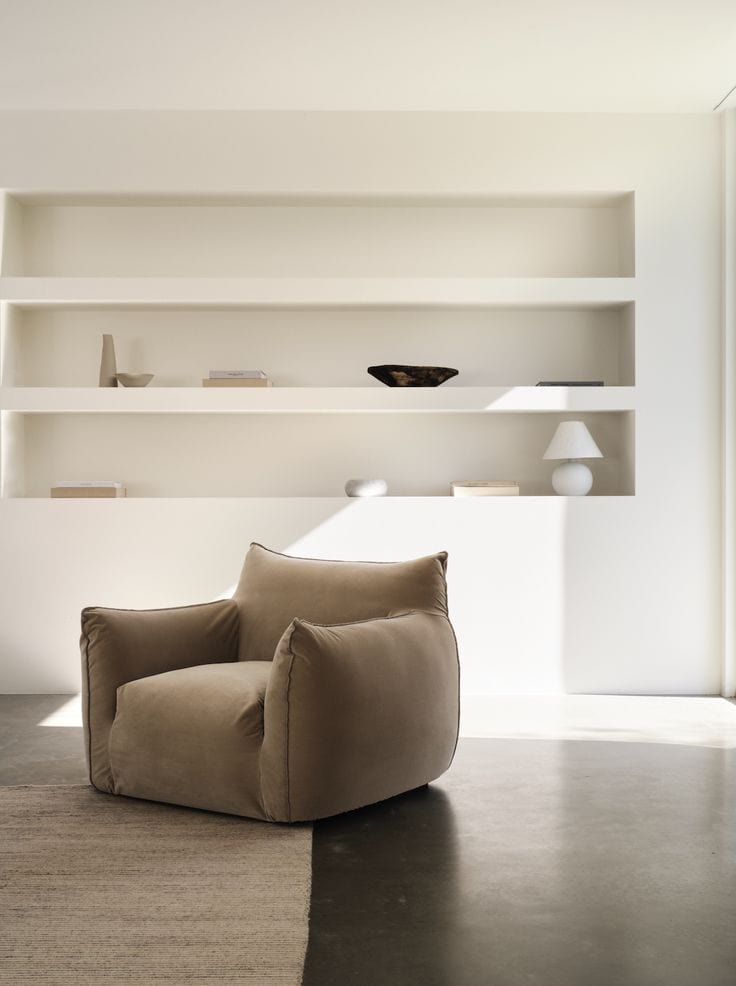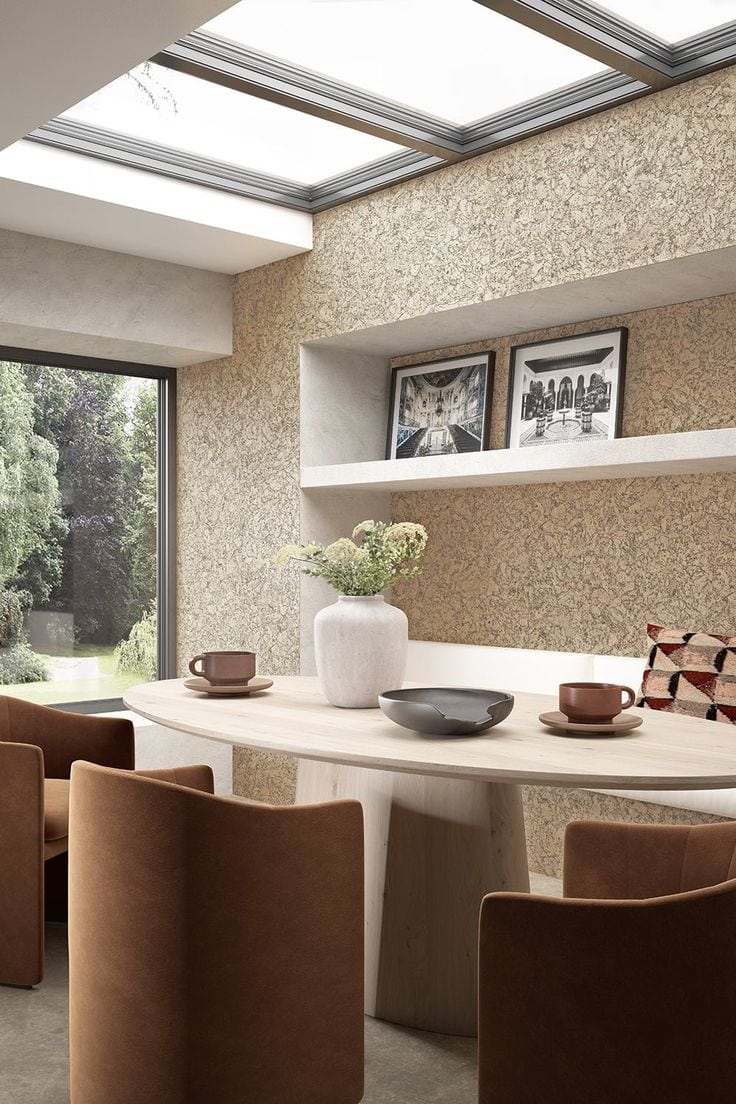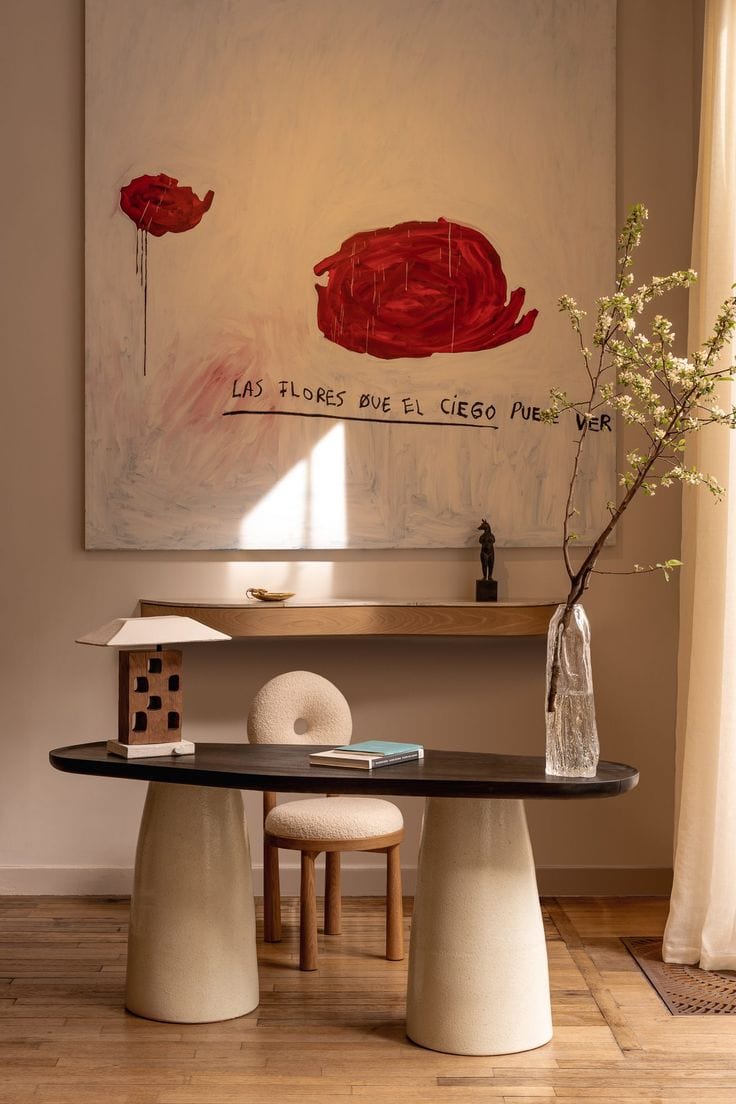The Evolution of Interior Design
Interior Design, a reflection of cultural, social, and technological shifts, has seen significant evolution over the decades. From the ornate grandeur of the Victorian era to the minimalist clarity of modern design, each period has left an indelible mark on how we conceptualise and inhabit spaces. Understanding this evolution not only provides a window into the past but also offers a glimpse into future trends that promise to shape our living environments.
The Early 20th Century: Art Deco and Mid-Century Modern


The early 20th century heralded the Art Deco movement, characterised by its bold geometric patterns, luxurious materials, and rich colour palettes. This era celebrated opulence and glamour, with design elements that emphasised elegance and sophistication. The influence of industrial advancements was evident in the streamlined forms and metallic finishes that became hallmarks of this style.
On the other hand mid-century modern design emerged in the post-World War II era, driven by a desire for simplicity and functionality. This period embraced clean lines, organic forms, and an emphasis on integrating the indoors with the outdoors. The use of innovative materials like moulded plywood and fibreglass marked a departure from traditional craftsmanship, ushering in a new era of design accessibility.
The Late 20th Century: Bohemian and Minimalism


The 1960s and 1970s saw a departure from structured design principles, with the rise of the bohemian style. This eclectic approach celebrated individuality and creativity, characterised by vibrant colours, mixed patterns, and a blend of global influences. It was a period of liberation and experimentation, where personal expression took precedence over conformity.
By the 1980s and 1990s, a counter-movement emerged in the form of minimalism. This design philosophy advocated for simplicity, functionality, and the elimination of excess. Inspired by Japanese aesthetics and the Bauhaus movement, minimalism emphasised neutral colour palettes, uncluttered spaces, and the use of natural light. The mantra “less is more” became the guiding principle, influencing both residential and commercial interiors.
The 21st Century: Eclecticism and Sustainable Design


Moving into the 21st century, Interior Design became more eclectic, reflecting a blend of styles from different eras and cultures. This period embraced a mix-and-match approach, where traditional and contemporary elements coexisted harmoniously. The advent of digital technology and social media also played a crucial role in shaping design trends, providing designers and homeowners with unprecedented access to global inspiration.
Future Trends: Sustainability and Personalisation
Smart homes in the age of rapid technological progress is a given, but a growing awareness of environmental issues has also led to the rise of sustainable design. This trend prioritises eco-friendly materials, energy-efficient solutions, and a focus on reducing waste. Biophilic design, which seeks to connect occupants with nature through the incorporation of natural elements, has gained prominence. This approach not only enhances aesthetic appeal but also promotes well-being and mental health.
Personalisation will also be a key trend, as individuals seek to create spaces that reflect their unique identities and lifestyles. Customisable furniture, modular designs, and adaptable layouts will cater to the diverse needs of homeowners, allowing for greater flexibility and creativity.
As we look to the future, the fusion of innovation, sustainability, and personalisation promises to redefine the way we live and experience our spaces, creating environments that are not only beautiful but also deeply meaningful. Whatever your Property Styling or Interior Design needs may be, contact us today.